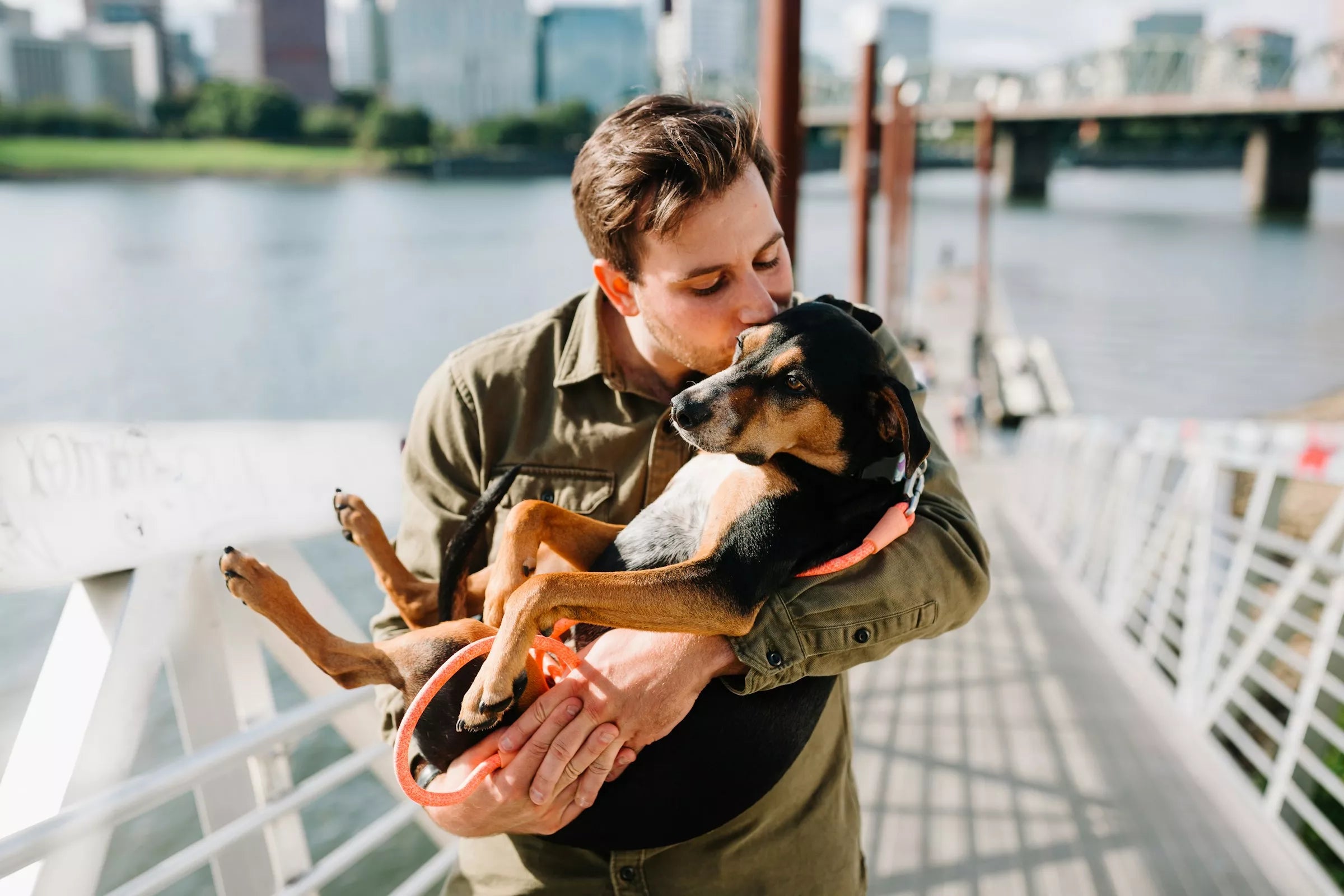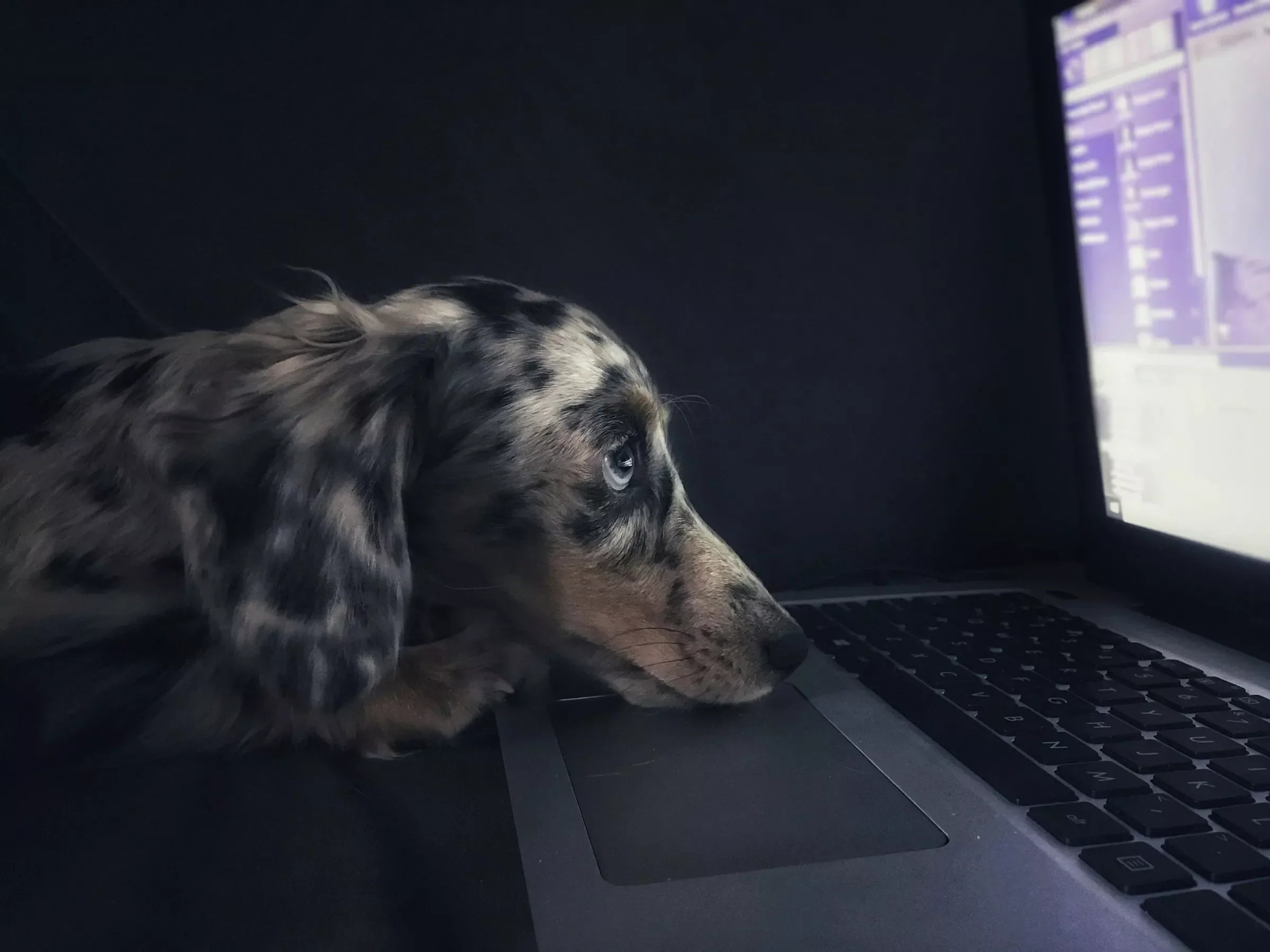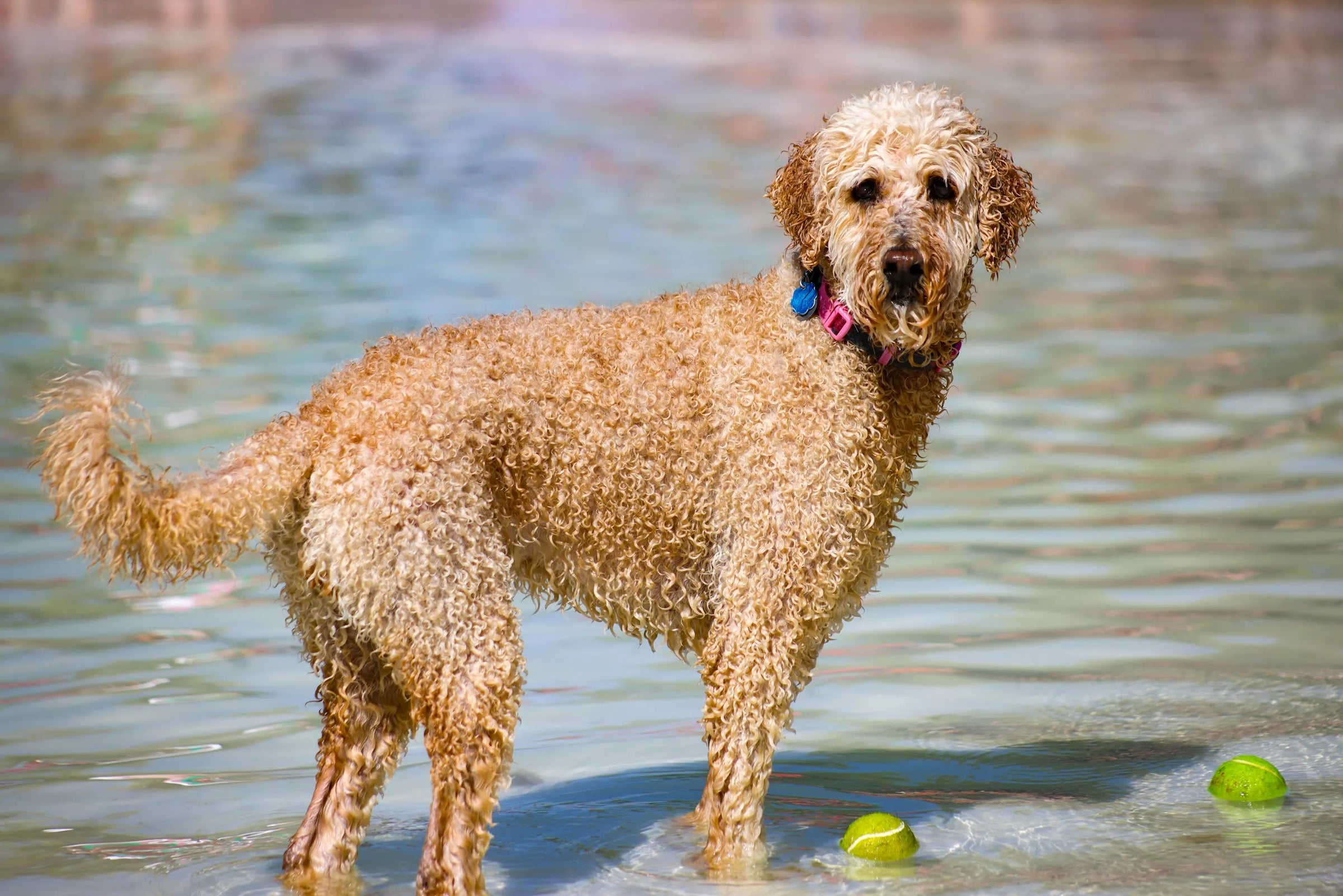Introduction
As a dog parent, it can be worrying when your furry friend suddenly refuses to eat. A loss of appetite in dogs can have several causes, from simple pickiness to underlying health concerns. If you’re facing this issue, don't panic! This guide will walk you through possible reasons and solutions to help your pup get back to enjoying their meals.
Understanding Why Your Dog Isn’t Eating

1. Medical Reasons
Your dog’s appetite can be affected by health conditions, including:
-
Dental Issues – Broken teeth, gum disease, or mouth pain can make eating difficult.
-
Digestive Problems – Stomach upset, infections, or intestinal blockages may cause discomfort.
-
Illness or Disease – Conditions like kidney disease, cancer, or liver problems can impact hunger.
-
Recent Vaccination or Medication – Some shots or drugs can temporarily reduce appetite.
2. Behavioral or Emotional Causes
Dogs can stop eating due to changes in their routine, stress, or emotional distress:
-
Anxiety or Stress – Moving to a new home, a new family member, or loud noises can cause anxiety.
-
Separation Anxiety – Some dogs refuse to eat when their favorite human is away.
-
Picky Eating Habits – If your dog is spoiled with treats, they may hold out for something better.
3. Environmental Factors
-
Food Bowl Location – Dogs prefer eating in a quiet, comfortable space.
-
Hot Weather – Warm temperatures can naturally reduce a dog’s appetite.
-
Old or Spoiled Food – If the food is stale or smells off, your dog may refuse to eat it.
Steps to Encourage Your Dog to Eat Again

1. Rule Out Medical Problems
If your dog hasn’t eaten for more than 24 hours or is showing other symptoms like vomiting, lethargy, or diarrhea, contact your vet immediately.
2. Make Mealtime More Appealing
-
Warm the Food – Slightly heating wet food can make it more aromatic and appealing.
-
Try a Different Brand or Flavor – Dogs can get bored of the same taste.
-
Add Tasty Toppers – Try low-sodium chicken broth, shredded chicken, or wet food.
-
Hand-Feed Your Dog – This can make them feel more comfortable and encouraged to eat.
3. Adjust the Eating Environment
-
Create a Calm Setting – Ensure your dog’s eating space is quiet and stress-free.
-
Keep a Consistent Feeding Schedule – Feed your dog at the same time every day.
-
Remove Distractions – Turn off the TV and keep other pets away during meals.
4. Try a Different Feeding Method
-
Smaller, More Frequent Meals – Some dogs prefer eating smaller portions throughout the day.
-
Change the Bowl – Some dogs don’t like metal or deep bowls; try a shallow dish.
-
Use Food Puzzles – Interactive feeding toys can make mealtime fun and stimulating.
5. Reduce Treats and Human Food
If your dog is refusing meals but still begging for table scraps, they may be holding out for something tastier. Cut back on treats to encourage them to eat their regular food.
When to See a Vet?
Seek veterinary attention if your dog:
-
Hasn’t eaten for more than 48 hours.
-
Shows symptoms like vomiting, diarrhea, or weight loss.
-
Appears weak, lethargic, or disoriented.
-
Is a senior dog or has a pre-existing medical condition.
Final Thoughts
A dog’s refusal to eat can be concerning, but in many cases, it’s temporary and manageable. By making small adjustments and keeping a close eye on your pup, you can help them regain their appetite. However, if your dog’s loss of appetite persists, consulting your vet is the best course of action.
FAQs
How long can a dog go without eating?
A healthy dog can typically go without food for 24-48 hours, but if they refuse to eat beyond this, a vet visit is necessary.
What should I feed a dog that won’t eat?
Try plain boiled chicken, rice, or wet dog food to entice them. Always consult your vet if the issue continues.
Can stress make my dog stop eating?
Yes, stress, anxiety, and environmental changes can affect a dog’s appetite. Creating a calm eating space can help.
Should I force-feed my dog if they’re not eating?
No, force-feeding can cause stress and potential choking. Instead, try offering different foods or consult a vet for guidance.
Can I give my dog human food to encourage eating?
Some human foods like boiled chicken or plain rice are safe, but avoid processed, fatty, or seasoned foods.















Share:
Where Are Lymph Nodes on Dogs?
Why a Well-Fitted Harness Is Important